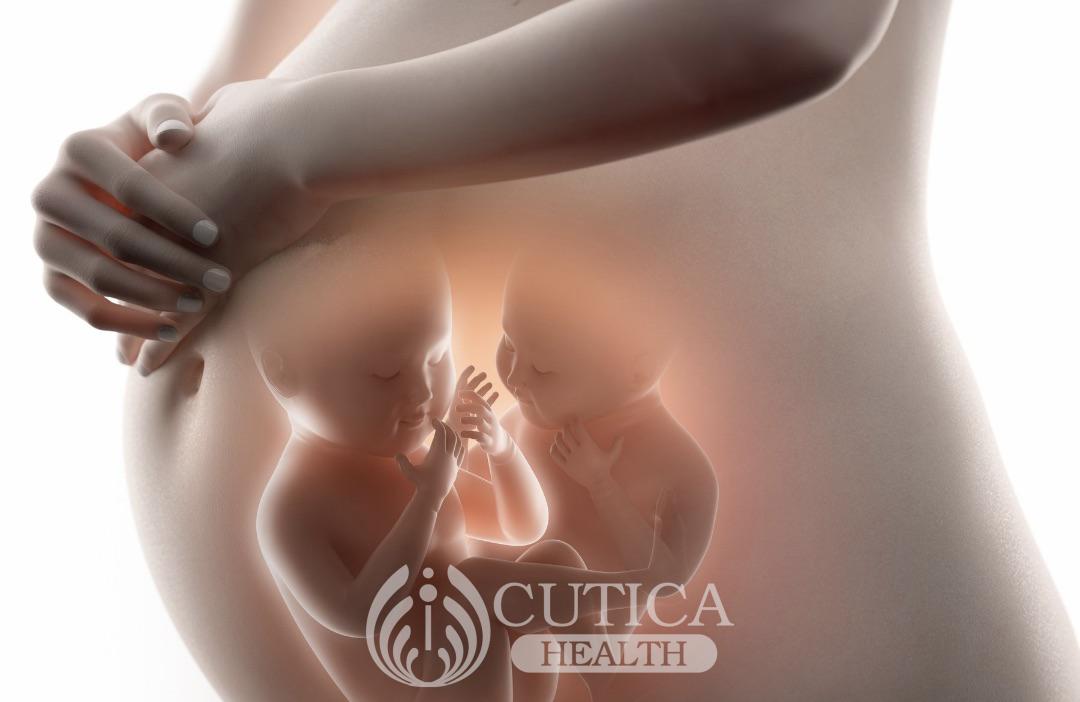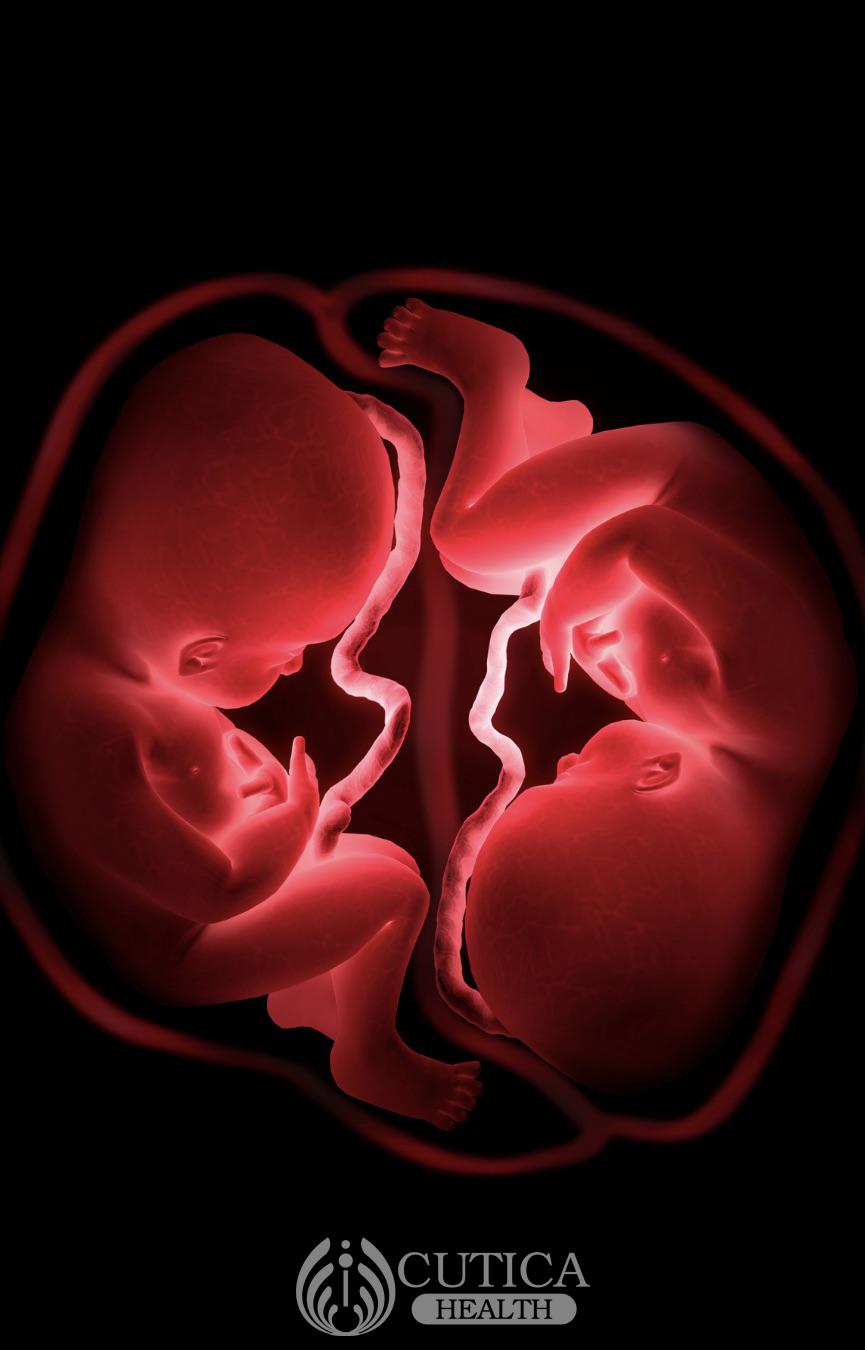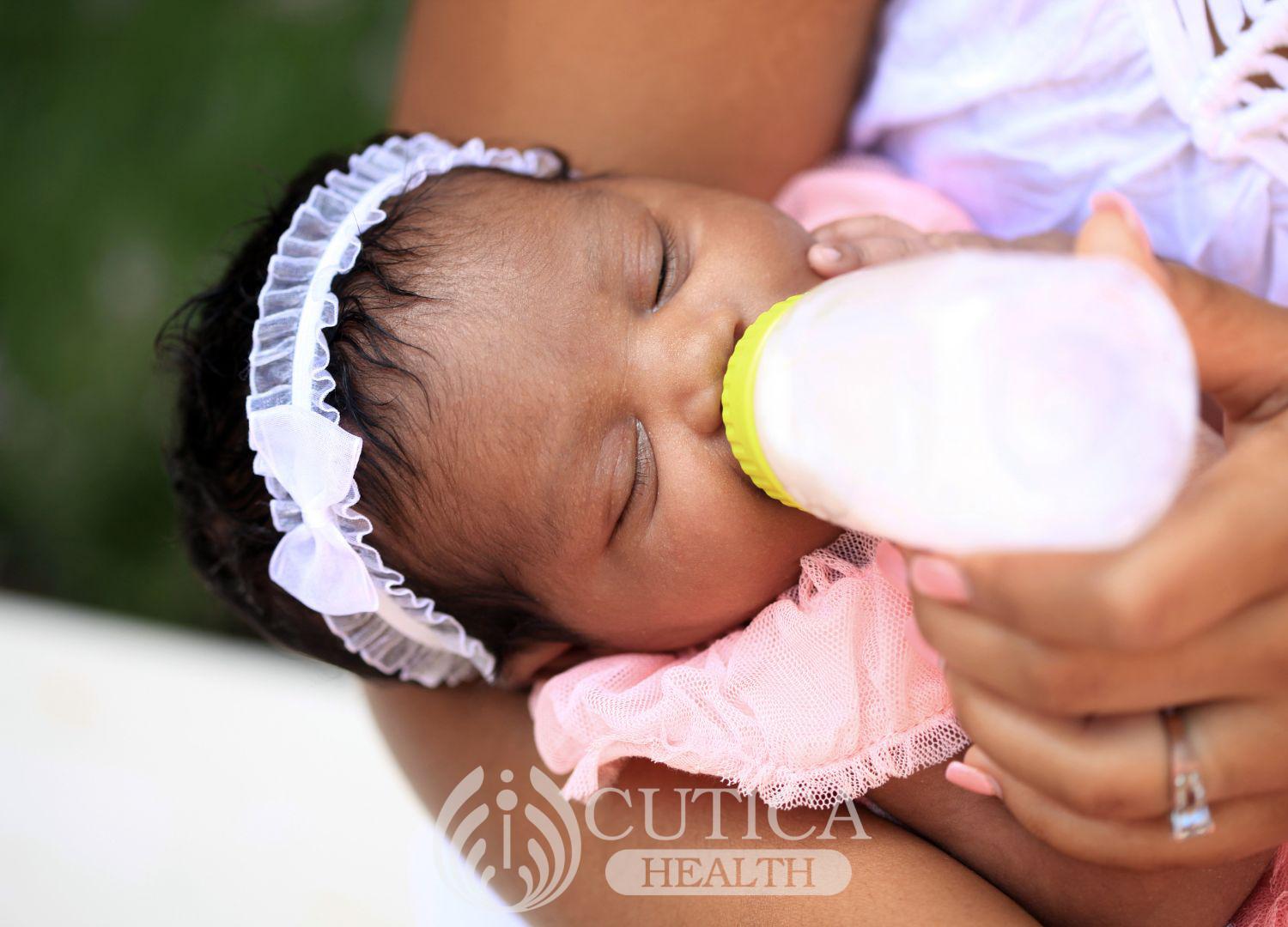
Twin Pregnancies are very much desired pregnancies. But just 1 in 250 natural pregnancies will result in twin pregnancies. And an important trivia about twin pregnancies is the town of Igbo-Ora in Oyo state, Nigeria. Igbo-Ora has one of the highest twinning rates in the world.
So, twin pregnancies refer to having two foetuses growing in the womb at the same time. While some twins may share a placenta, a vast majority of twin pregnancies do not share the same placenta or amniotic sac that contains the womb’s “water. This article addresses common questions about twin pregnancies.

How do twins happen?
To increase your chances of conceiving two babies, it’s important to understand how twins develop.
Two types of twins exist; identical and non-identical. Identical twins are formed when one egg is fertilized by one sperm which then divides into two separate “fertilized eggs” or embryos. Each shares exactly the same genetic components and identical genetic structures. Identical twins also share a placenta and look identical usually.
Non-identical twins form from two separate eggs being fertilised by two separate sperms. These twins are their own unique little individuals and share no more genetic composition than siblings with the same parents. Each baby will have its own placenta for non-identical twins.
Non-identical twins are called fraternal twins, while identical twins are called non-fraternal twins.
How to have twin pregnancies?
- Being older rather than younger helps. Research has proven that twin pregnancy rates are higher in women who are over 35 years. But this only applies to non-identical twins.
- Assisted reproductive techniques such as in vitro fertilisation or taking fertility drugs increase the chances of having twins.
- A family history of twins where non-identical twins are common increases your chances of having non identical twins but identical twins can occur in any family. And being a twin too increases your chances of having twins.
- Diet? A lot of scientists believe the increased rate of twining in places like Igbo-Ora is tied to the diet in such areas. Some studies reveal that more women conceive with twins who live in areas where yams are a major component of their diet.

What to do when I’m pregnant with twins?
- Get two of everything: This is important as regards clothing, food, cots, and other items in the registry.
- Eat healthy: No need to double your caloric intake because you’re having twins. It’s only important that you eat healthy and follow the recommendations of your physician.
- More frequent antenatal visits: Due to the peculiarities of twin pregnancies, you’ll need to see your doctor for antenatal visits more often. This will ensure that you’re closely monitored.
- A specialist will be needed: It’s important that an Obstetrician takes care of twin pregnancies during antenatal up to the delivery of the baby. This is to reduce the risk of adverse events to the pregnancy.
- Increased risk of Preterm delivery: Multiple pregnancies have a higher risk of being delivered preterm (before 37 weeks). This comes with its own risks to the mother and child.
- Delivery methods will vary: Depending on what the physician decides during antenatal and labour period with a lot of factors affecting that choice. The delivery could be vaginal or through caesarean section.

Conclusion
Twin pregnancies are peculiar pregnancies because of the subtle but important differences related to antenatal care, labour and delivery of the twins.












